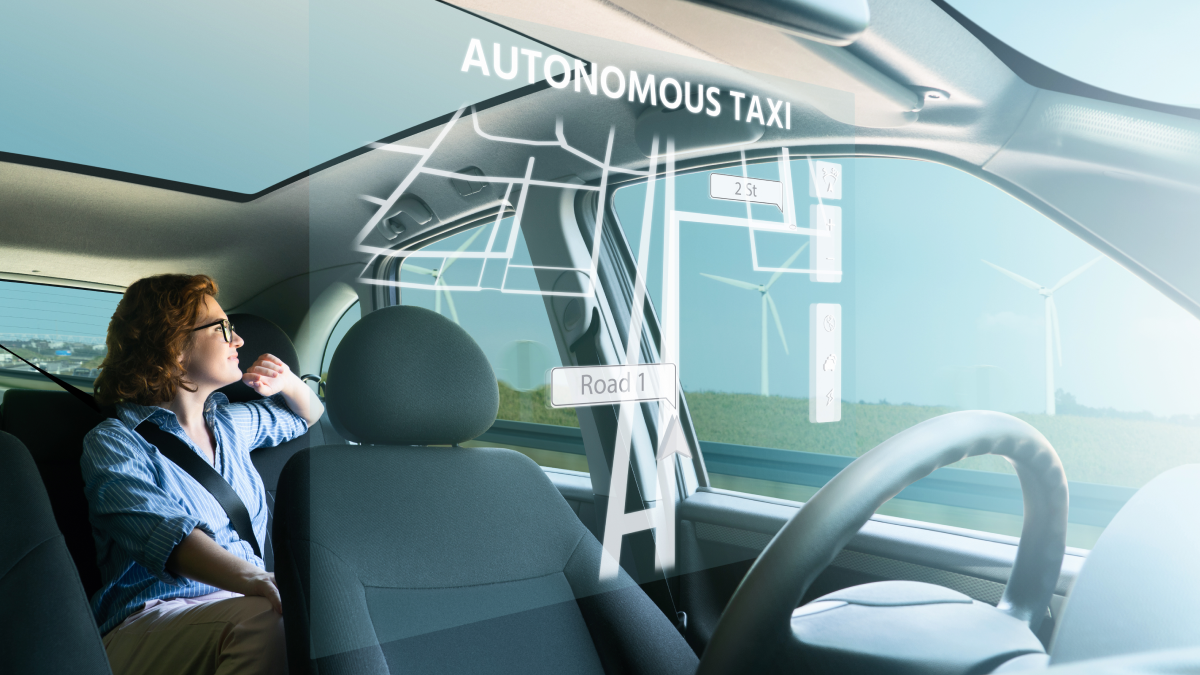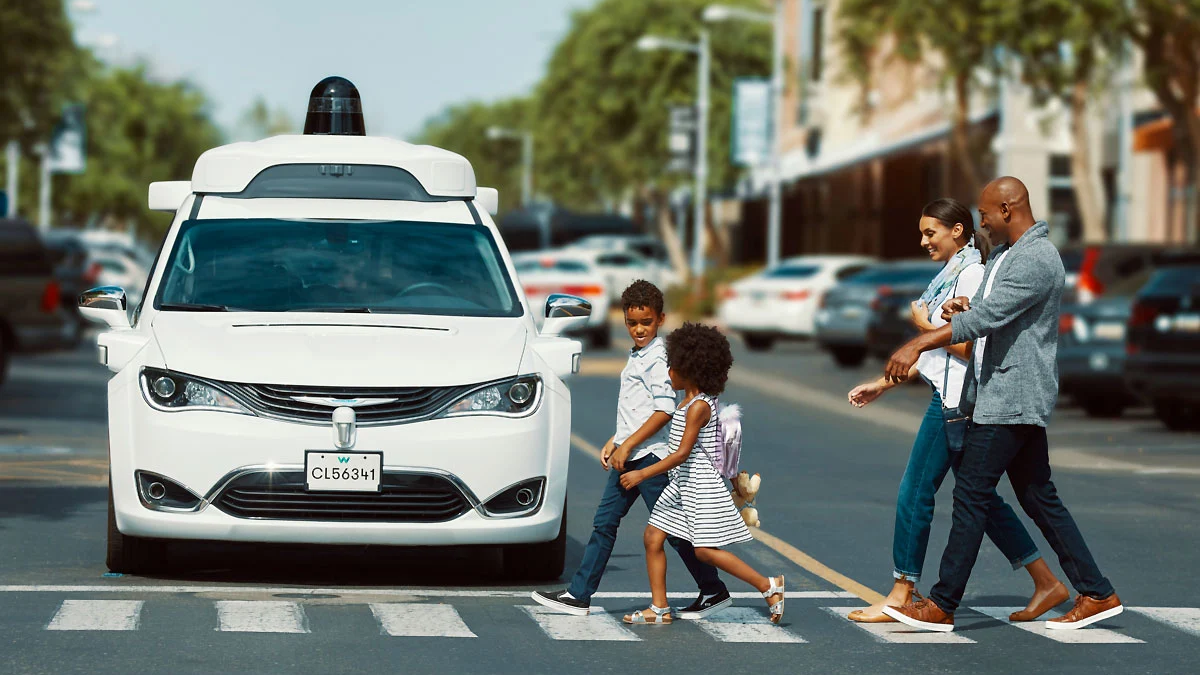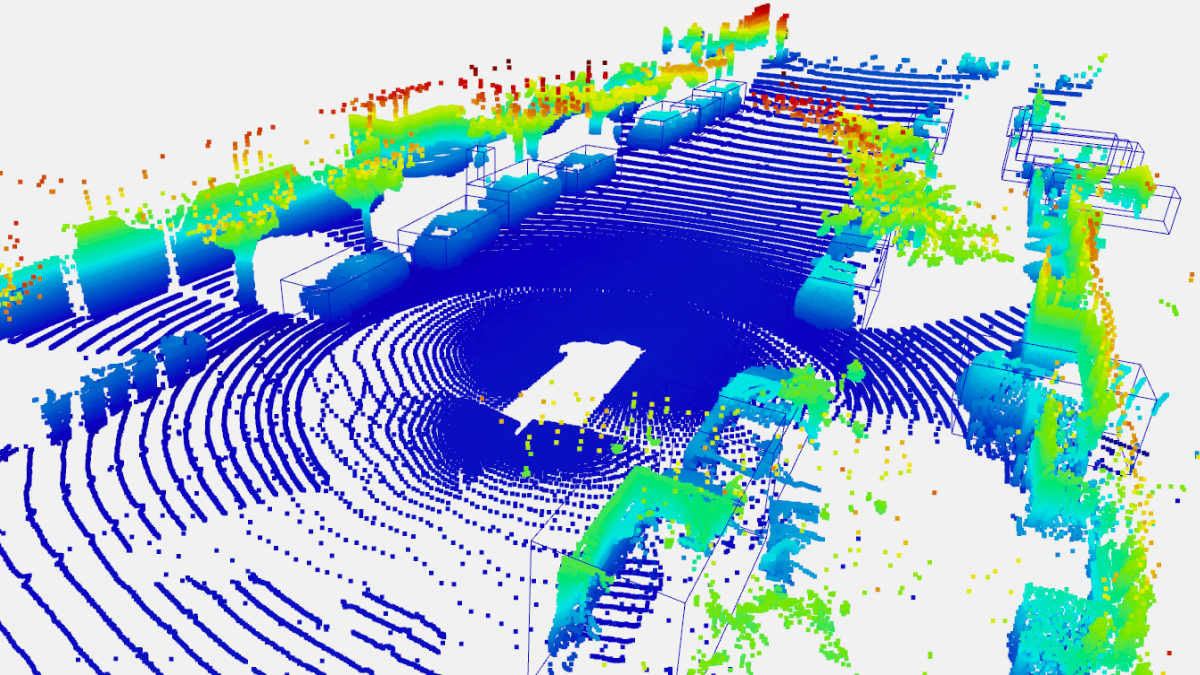AI is Paving the Future of Ridesharing
Sharing a ride has numerous benefits, such as reducing traffic congestion and parking demands. Ridesharing also helps to eliminate vehicle emissions and creates less stressful commutes. Artificial intelligence can help further grow the industry and help improve the overall experience for drivers and pedestrians. In this article, we will take a look at the benefits of AI for the ridesharing industry and the data annotation needed to train these systems.
Autonomous Rides

Take a moment to picture a fleet of driverless cars prowling the streets of your city, ready to pick you up and take you anywhere you need to go. Even though it might appear outlandish now, it might not be long until it becomes a reality. In addition, such a system would be economical as well as significantly lower greenhouse gas emissions per mile, according to a recent Berkeley Lab research. According to the study, self-driving cars can reduce wind resistance by following closely behind other autonomous vehicles (a practice known as platooning), planning trips efficiently, and accelerating and braking more smoothly. Even if they are all small steps, they all add up.
These autonomous ride shares could be more cost-effective than having your own car. Owning and operating an electric vehicle in 2030 is still anticipated to be more expensive than doing so with a gasoline-powered vehicle at 12,000 miles per year, the average annual mileage for privately owned cars in the U.S.
However, they discovered that an alternative-fuel vehicle (hydrogen fuel cell or electric battery) was the most cost-effective choice if the vehicle is driven the normal 40,000 to 70,000 miles per year for American taxis. This was calculated based on the cost of repairs, gas, insurance, and the actual cost of the car (on the assumption of a five-year loan). Because fuel costs are lower per mile even when more efficient vehicles cost more, the extra investment can be justified despite their higher initial cost.
Increased Safety With ADAS Technology

There are a number of interesting safety features that can be included in ridesharing vehicles. For example, new audio and visual alerts to inform passengers if a cyclist or other passerby is approaching the exit door which is offered by Waymo. Believe it or not, this adds a lot of value because the second most frequent collision that causes harm or death, according to the San Francisco Municipal Transportation Agency, involves bicyclists when a car door opens into oncoming traffic. Waymo has made an effort to reduce the risks associated with “dooring” by making use of the sensor technology that its robotaxis are currently employing to safely and independently navigate city streets.
There certainly are additional ADAS technologies like lane assist, which help the car stay inside its lane. A lane departure camera, infrared sensors, and lasers are used as input devices in lane-assist technology. The camera is typically located in the front or rearview mirror of the vehicle. In some models, the camera is literally fixed to the back of the car. The onboard computer can read the road lines that the camera codes into visual data in real-time. Instantaneously, this computer issues commands to actuators that warn the driver or direct the car back between the lines.
What Types of Data Annotation are Needed to Train Autonomous Vehicles?

One of the most common technologies used is LiDAR, which creates a 3D Point Cloud, which is a digital representation of how the vehicle sees the physical world. These 3D point Clouds need to be annotated, which is absolutely essential for object detection, object tracking, and scene comprehension, 3D point clouds must be annotated. Each point in the process is given a label indicating its item class, size, shape, orientation, and position. AI models can accurately detect and track things in real-world scenarios thanks to this annotation process, which enables them to learn from the data.
The types of data annotation necessary for 3D Point Cloud annotation include cuboids, which is the process of labeling objects in a 3D point cloud by drawing a rectangular box around them. The rectangular boxes are called cuboids, and they provide a way to identify the size, shape, and location of objects in the point cloud data. In addition to this, semantic segmentation will also be necessary, which involves dividing a 3D point cloud or 3D mesh into semantically meaningful parts or regions. The goal of 3D semantic segmentation is to identify and label different objects and parts within a 3D scene.
Trust Mindy Support With All of Your Data Annotation Needs
Mindy Support is a global provider of data annotation services and is trusted by Fortune 500 and GAFAM companies. With more than ten years of experience under our belt and offices and representatives in Cyprus, Poland, Romania, The Netherlands, India, OAE, and Ukraine, Mindy Support’s team now stands strong with 2000+ professionals helping companies with their most advanced data annotation challenges.





